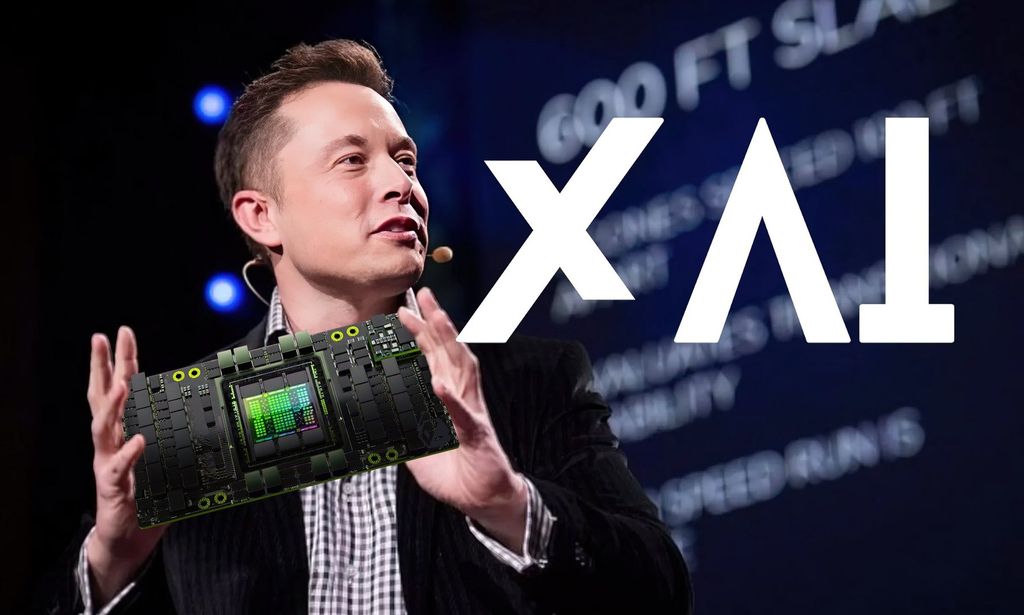
Elon Musk’s artificial intelligence company, xAI, has received approval from the Tennessee Valley Authority (TVA) to draw 150 megawatts (MW) from the state’s power grid to operate its massive supercomputer, known as the “Gigafactory of Compute.” This allocation marks a significant increase from the initial 8 MW, raising concerns among stakeholders about potential impacts on grid stability and electricity rates in the Tennessee Valley.
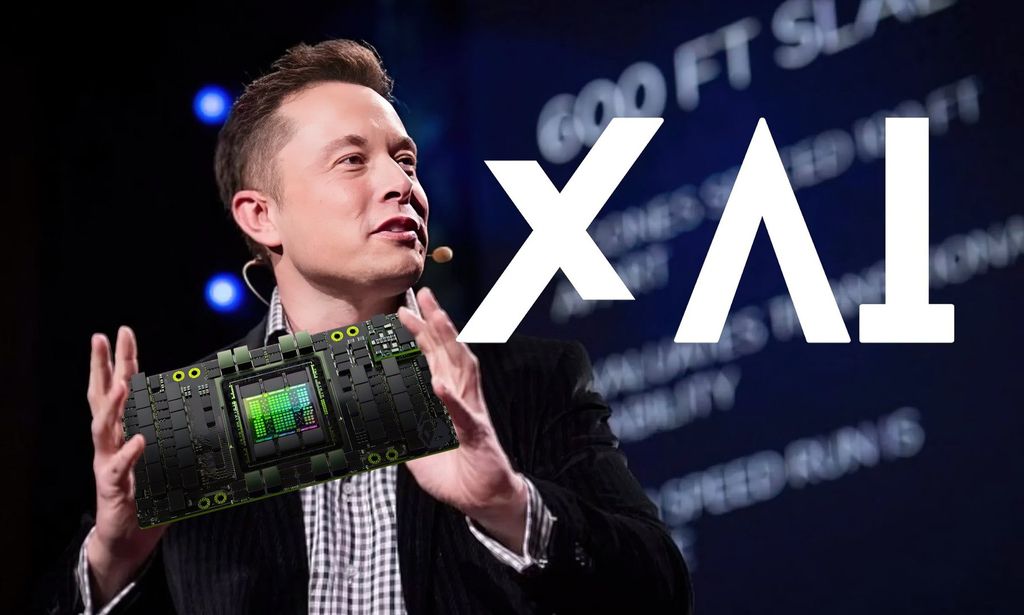
According to Power Grid International, Musk plans to double the computing capacity of the facility, which would correspondingly double its energy requirements. Experts estimate that operating 100,000 Nvidia GPUs necessitates approximately 155 MW, indicating that the current 150 MW provision for xAI is nearly sufficient.
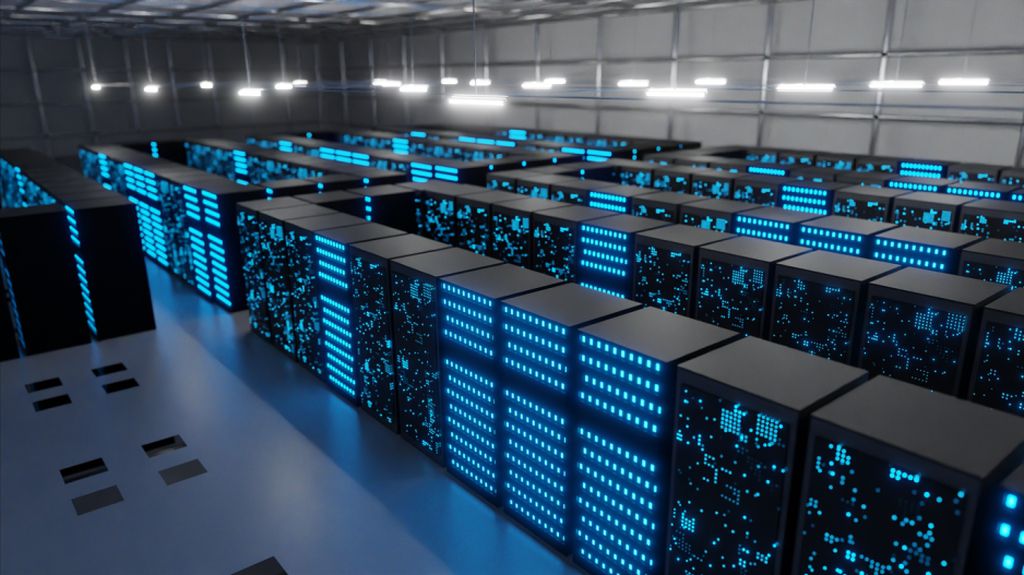
Previously, Jensen Huang, CEO of Nvidia, expressed admiration for xAI’s rapid development of the supercomputer, accomplished in just 19 days—significantly faster than the typical four-year timeframe. However, at its launch in July, the center had only 8 MW of power, compelling Musk to utilize large mobile generators to meet energy demands. During the summer, Memphis Light, Gas & Water (MLGW) upgraded an existing substation to 50 MW, but this capacity still fell short of powering xAI’s full array of GPUs.
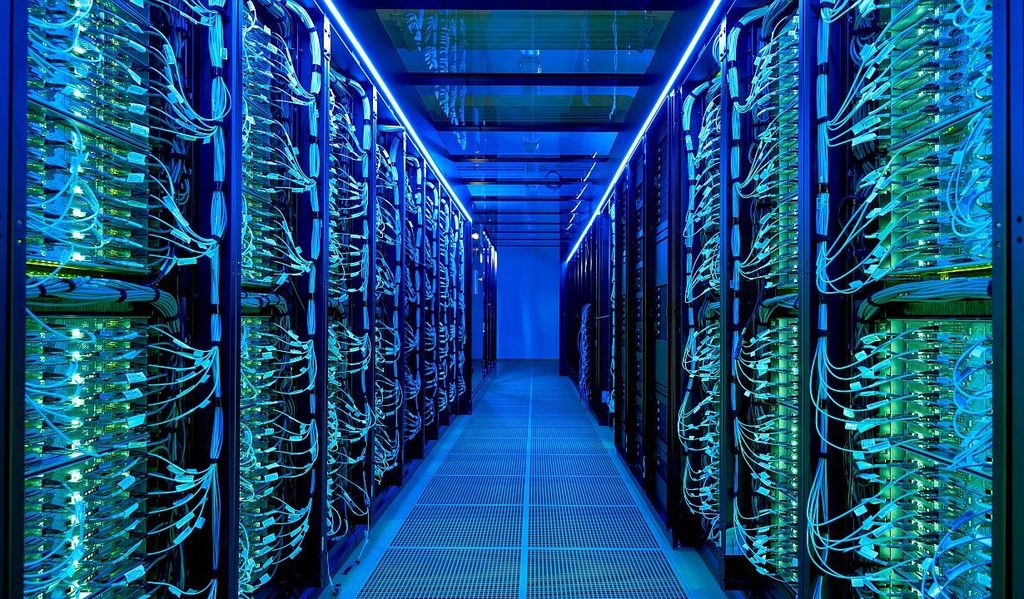
Amanda Garcia, an attorney at the Southern Environmental Law Center, expressed concerns that the TVA Board approved xAI’s request without thoroughly assessing the impact on local communities. Memphis city council members also voiced apprehension about the influence of large industrial energy consumers on local electricity rates, suggesting that TVA should prioritize residential customers over data centers like xAI.
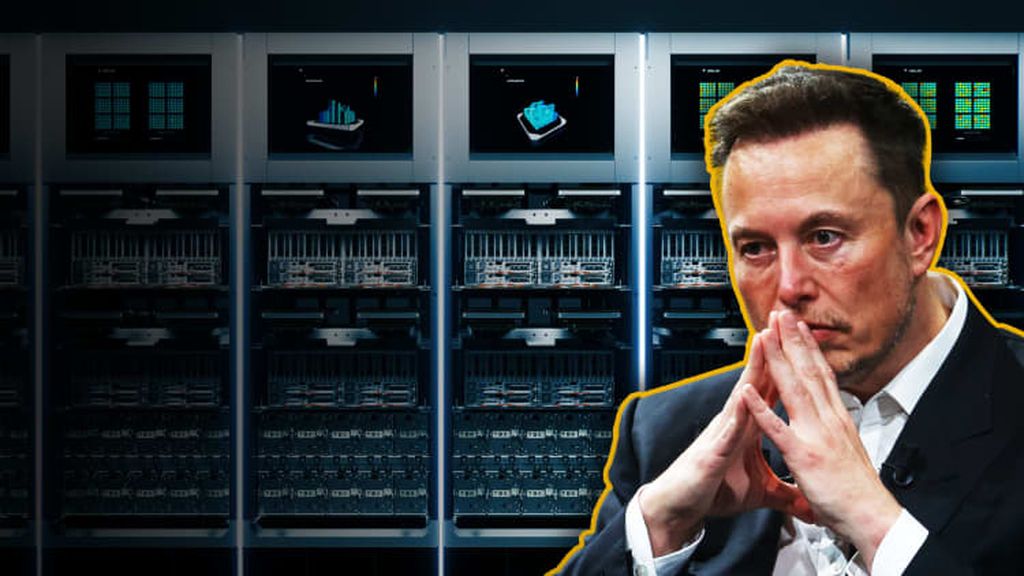
MLGW, the utility distributing electricity to xAI’s supercomputer, assured the Memphis City Council that xAI’s energy demands would not strain the grid or adversely affect local customers. CEO Doug McGowen stated that the additional 150 MW for xAI falls within forecasted limits and that the company can procure more power from TVA if necessary.
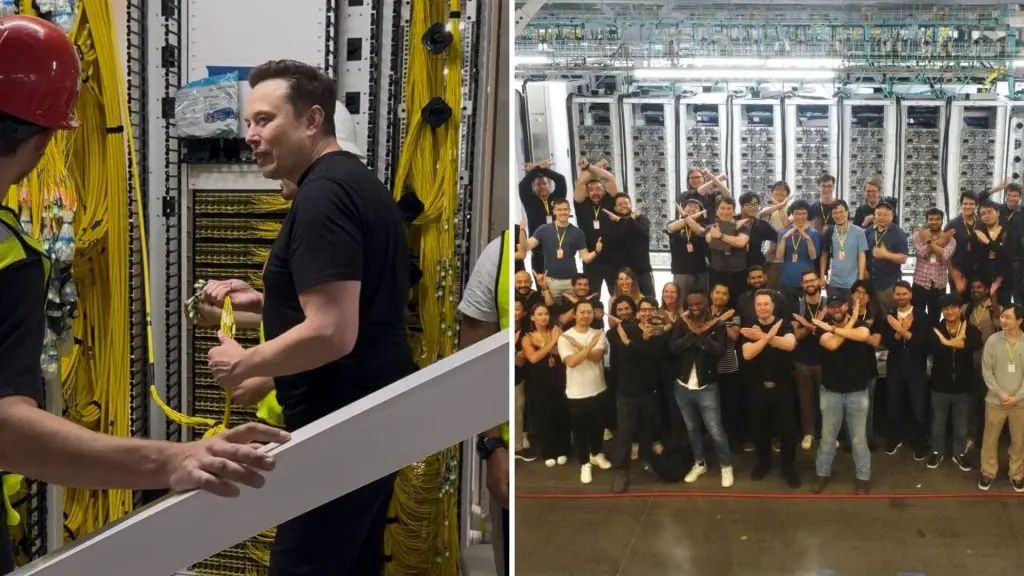
Experts note that future AI model training will require data centers to consume gigawatts of power, a demand that local grids may struggle to meet without significant upgrades. Consequently, major corporations like Amazon, Google, Microsoft, and Oracle are investing in developing proprietary nuclear energy technologies to address future needs. However, these initiatives may take five years or more to implement, necessitating that data centers rely on existing infrastructure in the interim.